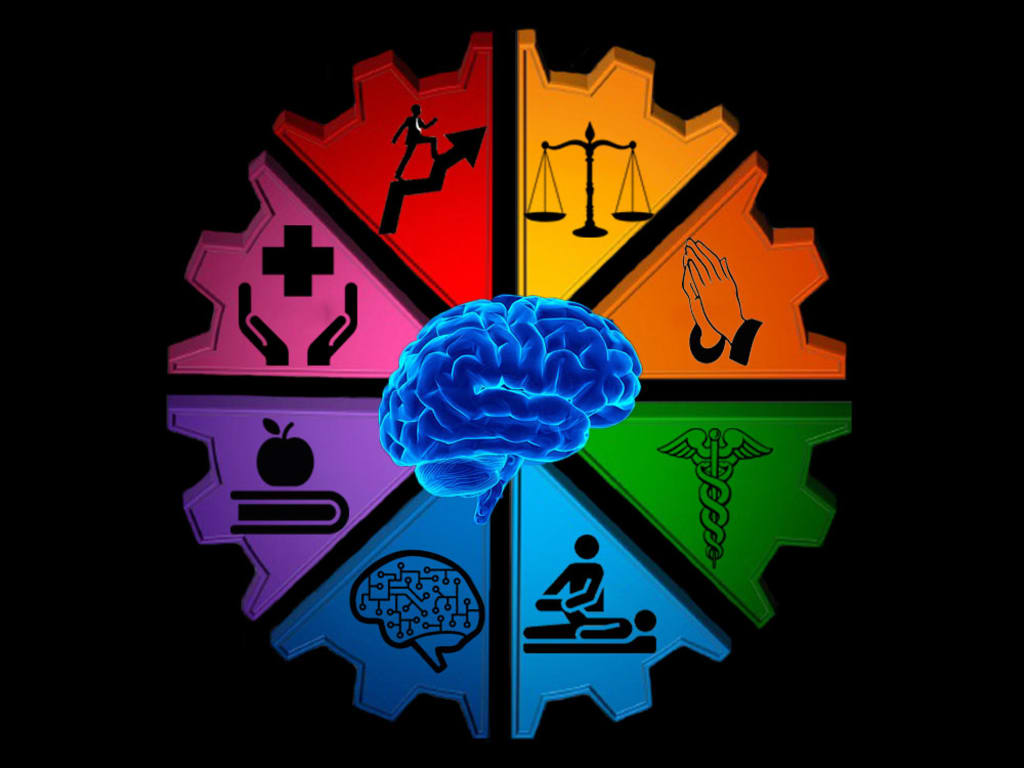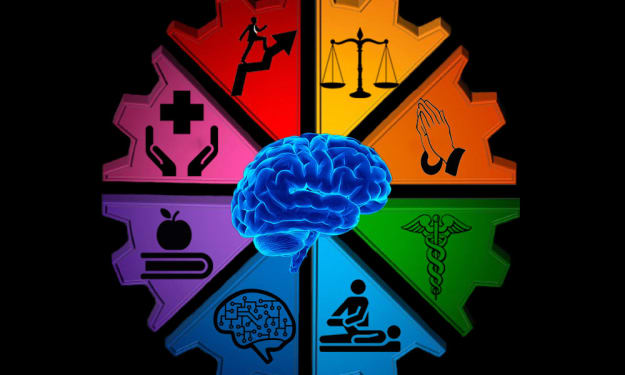Social Identity Theory
Intergroup Relations

Identity, according to Burke and Stets (2009) defines who an individual is based on their membership of a particular group, societal role, specific characteristics that they claim. Identity theory seeks to explain the meanings that individuals have for multiple identities, how these identities affect their social behavior, and how these identities influence emotions, feelings, and thoughts (Burke & Stets, 2009). Social identity is based on the identification of an individual with a social group (Burke & Stets, 2009). Individuals who share common beliefs, behaviors, and characteristics will create a social group, called the ingroup, and thus identify with it, whereas anyone not in the ingroup will be labeled an outsider as part of the outgroup (Burke & Stets, 2009).
Prejudice, stereotyping, and discrimination are all types of social attitudes and behaviors that can arise from social identification processes of social categorization and social comparison (Burke & Stets, 2009). Tajfel and Turner (1986) developed a paradigm after research showed that simply being identified as a member of a group is enough to create stereotyping, discrimination, and prejudice. This paradigm, the minimal group paradigm, is a valuable insight into the formation of discrimination and prejudice based on social identity categories. For instance, if a particular group is identified, then through the minimal group paradigm they will be categorized as part of the ingroup or the outgroup, and thus be treated as differently. In the form of racial prejudice seen in the media, despite the actor being a great comedic influence, as well as rich and famous, he was treated as less simply due to his identity as a black man, and relegated to the outgroup, even though he starred in his own movie (Laureate Education, 2012). Whether this outgroup relegation was based on social identity or preexisting prejudice is undetermined, however, it can be said that individuals who engage in a minimal group paradigm style classification can, and will, create a discriminatory, or prejudicial, attitude towards those in the outgroup, even if that was not the original goal (Tajfel & Turner, 1986).
However, even more than just the actor from the media, there was a nature of discrimination and prejudice, as well as stereotype, of all black Americans. Where did this come from? Well again, the minimal group paradigm states that simple identification with a certain group can create an ingroup/outgroup dynamic (Tajfel & Turner, 1986). However, even farther than this, historically black Americans had been slaves, less than humans, and thus the “identity” of American or even human, may have been threatened (at least in the eyes of the ingroup of whites at the time). According to Hogg and Cooper (2007), when an identity comes under threat, for instance if a historically unequal group begins to create its own equality (as in the media when the actors began to demonstrate prowess and success not tied to stereotypes, etc.), then the ingroup will begin to react to protect that identity, thus discriminatory actions, prejudicial attitudes, and stereotypes are created to “preserve the identity” that existed.
Despite how social identity can be used to explain the origins of discrimination, stereotyping, and prejudice, it can also be used to explain ways in which these concepts can be combatted and potentially eliminated. As mentioned before, social identity is the identification of an individual with a specific social group via comparison on characteristics, values, behaviors, etc. (Burke & Stets, 2009). While this explains the formation of the ingroup and outgroup dynamic, it can also provide a potential approach for the redefinition of the ingroup and the outgroup. Since the minimal group paradigm creates the ingroup and outgroup based on classification alone, then reclassification can alter that dynamic to be more uniform across the board. For instance, instead of being men versus women, what is a common identification that can be used to alter that dynamic? Perhaps American, or human, or some other classification that is similar in nature, and encompasses multiple other identities (Tajfel & Turner, 1986).
Another way to apply social identity theory to prejudice, stereotyping, and discrimination is through the evolutionary perspective. Human beings are social animals and have been tribal for most of humanity’s history (Nelson, 2016). Socio-cognitive functions such as stereotyping, discrimination, and prejudice may be a remnant of some evolutionary trait (Nelson, 2016). For example, in the past at some point discriminating against members of another group, the outgroup, may have held evolutionary merit in passing on your genes to the next generation and ensuring survival of the species or of your tribe. By understanding this, we can apply the idea to creating a new form of cooperation and anti-discrimination that replaces the evolutionary merits of stereotypes or prejudice (Nelson, 2016). This essentially places cooperation and understanding into the evolutionary reaction chain where instead of activating a stereotype, understanding is activated instead.
References
Burke, P. J., & Stets, J. E. (2009). Identity theory. New York: Oxford University Press.
Hogg, M. A., & Cooper, J. M. (2007). The Sage handbook of social psychology: concise student edition. Thousand Oaks, California: Sage.
Laureate Education, Inc. (Executive Producer). (2012). Prejudice, stereotyping, and discrimination. Baltimore, MD: Author.
Nelson, T. D. (2016). Handbook of prejudice, stereotyping, and discrimination (2nd ed.). Psychology Press, Taylor & Francis Group.
Tajfel, H., & Turner, J. C. (1986). The social identity theory of intergroup behavior. In S. Worchel & W. G. Austin (Eds.), Psychology of intergroup relations (The Nelson-Hall series in psychology) (pp. 7–24). Chicago, IL: Burnham.
About the Creator
Cobe Wilson
Gamer, writer, poet, academic.
Purchase photography or merchandise here!!! --> https://the-photography-of-cobe-wilson.creator-spring.com/






Comments
There are no comments for this story
Be the first to respond and start the conversation.